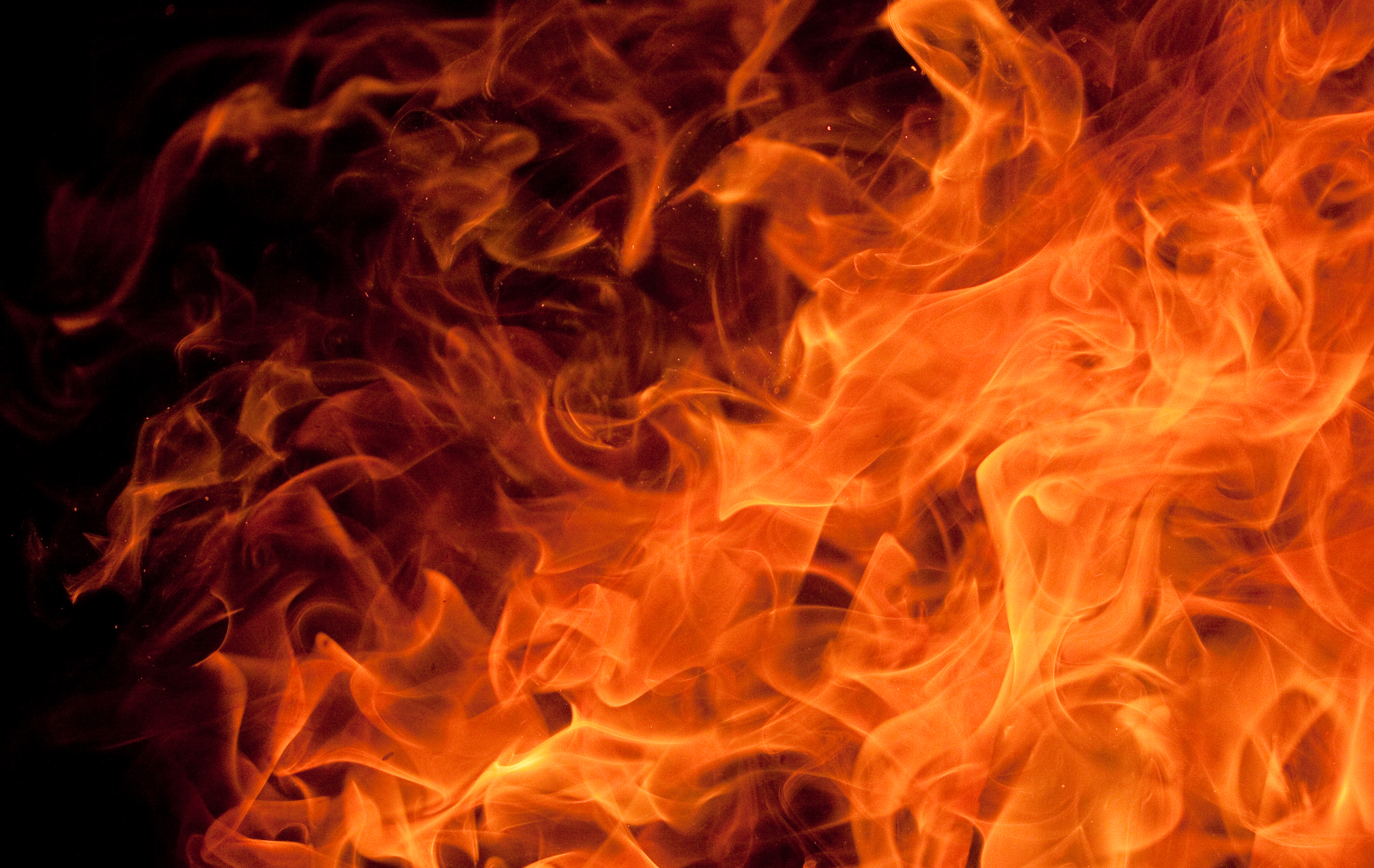The last 12 months in New Jersey tested the time-worn adage that everyone complains about the weather, but no one manages to do anything about it.
Truth be told, there wasn't time to complain when it seemed like every other week another natural disaster visited the state.
They came in clusters, sometimes for no apparent reason but at other times with perfect logic, such as when unseasonably warm temperatures would melt the snow from the latest blizzard and send rivers and streams flooding into basements and living rooms.
New Jersey saw record snow, heat and flooding, as well as a record number of disaster declarations from the federal government, not to mention a tornado and an earthquake.
"It's been a remarkable year," state climatologist David Robinson said. "I grew up here and I've been a climatologist for 20 years and I can't recall a year with such a wide range of really extreme events."
That assessment is borne out by the fact that New Jersey was designated for federal disaster relief five times — as many times as the previous four years combined.
The onslaught was bookended by snowstorms: a Christmas 2010 blizzard that dumped as much as 32 inches of snow on some areas that lingered into 2011 and a freakish late October squall that toppled trees onto utility wires and put a million people in the dark.
Local
In between was a sampling of just about every type of weather event imaginable. The most destructive was the remnants of Hurricane Irene that blasted through the state at the end of August (this month, the National Weather Service revised its original designation and said the storm peaked at 69 mph when it made landfall in New Jersey, 5 mph below hurricane status).
While Irene caused some of the worst flooding seen in New Jersey, it also showed that a state known for its bravado could listen to an appeal for reason, providing it was couched in terms residents understand.
That came from Gov. Chris Christie, who, with his trademark bluntness, told people to "get the hell off the beach" as the storm approached. The evacuation from the shore likely saved life and limb.
"We're very fortunate to have strong emergency management agencies and strong volunteer agencies," said Mary Goepfert, a spokeswoman for the state Office of Emergency Management. "But we also had the cooperation of the public during the largest evacuation ever in this state. The governor made strong comments and people complied, and that made all the difference."
Since President Barack Obama issued a disaster declaration for Irene on Aug. 31, FEMA has approved more than $275 million in aid for New Jersey — the equivalent of the New York Yankees' Alex Rodriguez donating his entire 10-year contract to the state.
If one month stood out for its sheer volume and variety of weather challenges, it would have to be February. That's saying a lot, since August produced a tornado, earthquake and then-hurricane in a span of three weeks.
February began with the state still digging out from under a late January snowstorm. By the 18th, temperatures had topped 70 in some areas, followed four days later by a 5.5-inch snowfall in southern New Jersey. Three days after that, 60 mph winds swept through with rare winter thunderstorms in tow.
Mother Nature, it seemed, was awfully moody.
Rising global temperatures may play a role in the dramatic climatic shifts, Robinson said. The year already qualifies as the wettest on record, and is expected to finish as the warmest as well.
"Sometimes the atmosphere tends toward extreme patterns, and other times it's more benign," he said. "That's part of normal fluctuations. At the same time, the warmth is part of an ongoing upward trend of temperatures. As the atmosphere is warmer, it can hold more moisture, so there may be some linkage between us getting warmer and us getting wetter."
The heat turned way up in the middle of the year. Newark recorded a high of 99 degrees on June 8 to set an all-time record for that day, but that was quickly forgotten when the city hit 108 on July 22, smashing another record and leading one resident to compare it to "the fires of hell."
Some other snapshots from a turbulent year:
—Closed Newark Liberty International Airport barely visible from the opposite side of the New Jersey Turnpike during the Christmas blizzard, as abandoned cars litter the roadway.
—A Kia dealership across from the Pompton Lake Dam in Wayne, new cars caked with debris and parking lot cracked and caved in from Irene's floodwaters.
—Signs in flooded neighborhoods around northern New Jersey derisively advertising "lakefront property" for sale, and one in Paterson to greet Obama that says it all: "Help Us."
—Buildings along the shore shaking like funhouse rides from a 5.8-magnitude earthquake centered in Virginia on Aug. 23; a shopper two hours north in Hackensack seeing store mannequins move "like they were coming to life."
During an early June heat wave, 84-year-old Harvey Milliman of Manchester may have summed up the sentiments of weather-beaten residents everywhere.
"I'm staying in my house, I'm going to watch TV and have a cold beer," he said. "You got a better idea than that, I'd love to hear it."



